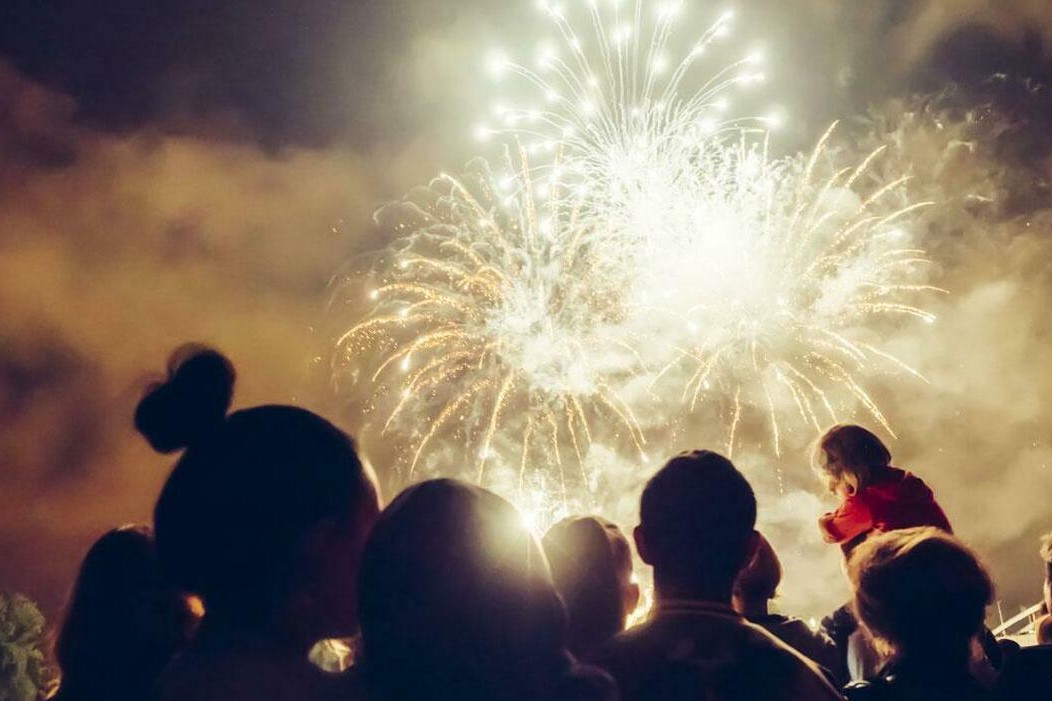
Firecrackers and New Year's Eve bangers: how to protect your hands
Unfortunately, as every year, as the holidays and especially New Year’s Eve approach, accidents to the fingers and hands due to the bursting of firecrackers and bangers increase, especially among children and adolescents
These are not minor injuries, but high-energy explosive trauma that can cause very serious injuries to all structures of the hand.
New Year’s Eve firecrackers injuries
The most serious incidents that occur each year in the days before and after the holidays are mostly the result of the reckless use of illegal pyrotechnic products.
The injuries that these firecrackers produce on bones, tendons and ligaments are comparable to those of war mines or a hand grenade.
The hands and fingers, in addition to the face, are the part most exposed to the firecracker explosion and, therefore, also the most at risk of very serious accidents that can leave disabling and permanent outcomes.
What to do if a firecracker explodes in the hand?
If a firecracker explodes in the hand, it generates a blast injury associated with burn injuries that cannot be dressed with “gauze and band-aid.”
The first thing to do is to apply a tourniquet (a strap, a shoelace) upstream of the tissue laceration so as to slow down the bleeding, and rush immediately to the nearest emergency room or call for help to be taken to a Center specializing in the treatment of Hand Pathologies.
Do not apply any tissue to the laceration to avoid fiber residue, keep the limb elevated, and do not remove the laceration until ambulance or emergency room personnel arrive.
In the best case, the blast may have involved a finger or phalanx (a portion of a finger) that will still require reconstruction with microsurgery.
At worst, however, the damage may be such that the fingers or hand, sometimes even the wrist, may have to be amputated due to the impossibility of primary reconstruction.
The loss of a segment of the hand or the entire hand is an event that dramatically impairs the performance of one’s daily activities, whether work, hobby, or sports, and leaves outcomes in most cases that are permanent.
In these cases of severe blast injuries, which are still all too common, there is no alternative to surgery, and the patient is a candidate for a prosthesis.
Tips for protecting hands from New Year’s Eve firecrackers
While most injuries from bangers and fireworks happen on the night between December 31 and January 1, however, it is in the days following New Year’s Eve that injuries in children occur most frequently due to the collection of unexploded firecrackers left on the ground.
For this reason, as every year, the appeal is made to parents to explain to their children and teens the risks they face from misusing or buying illegal firecrackers.
Some tips:
- Do not buy explosive material from unauthorized retailers and do not use home-made devices: there are no “safe” barrels, even those that are CE certified and can be sold freely, must mandatorily state on the packaging the product certification, the category to which it belongs, what the safety distance is, and how to use it;
- Remain vigilant at all times in the use of any type of firecracker: once the fuse is lit, throw the firecracker in a safe direction (never toward other people, never from balconies or windows) and move away quickly. Do not hold the firecracker in your hand because nothing can protect your limbs from the effects of the explosion;
- Read labels: firecrackers should always be lit away from houses, cars and other flammable objects. Never light them inside containers of any kind because the explosion could generate shrapnel dangerous to yourself and people around;
- Never approach a firecracker that has not exploded: especially never handle it, pick it up or try to light it again. If a firework does not ignite immediately, do not try again; throw it away;
- The use of firecrackers and bangers, if you really cannot do without them, would always be recommended in the presence of an adult who is aware of the risks.
Finally, of all the useful recommendations, the one that saves our hands is the simplest: stay away from firecrackers, avoid setting them off, and get close to those who are using them. Firecrackers are not toys.
Read Also
Emergency Live Even More…Live: Download The New Free App Of Your Newspaper For IOS And Android
Violent Penetrating Trauma: Intervening In Penetrating Injuries
What Should Be In A Paediatric First Aid Kit
Ukraine Under Attack, Ministry Of Health Advises Citizens About First Aid For Thermal Burn
Electric Shock First Aid And Treatment
RICE Treatment For Soft Tissue Injuries
How To Carry Out Primary Survey Using The DRABC In First Aid
Heimlich Maneuver: Find Out What It Is And How To Do It
The Patient Complains Of Blurred Vision: What Pathologies Can Be Associated With It?
A Tourniquet Is One Of The Most Important Pieces Of Medical Equipment In Your First Aid Kit
12 Essential Items To Have In Your DIY First Aid Kit
First Aid For Burns: Classification And Treatment
Compensated, Decompensated And Irreversible Shock: What They Are And What They Determine
Burns, First Aid: How To Intervene, What To Do
First Aid, Treatment For Burns And Scalds


